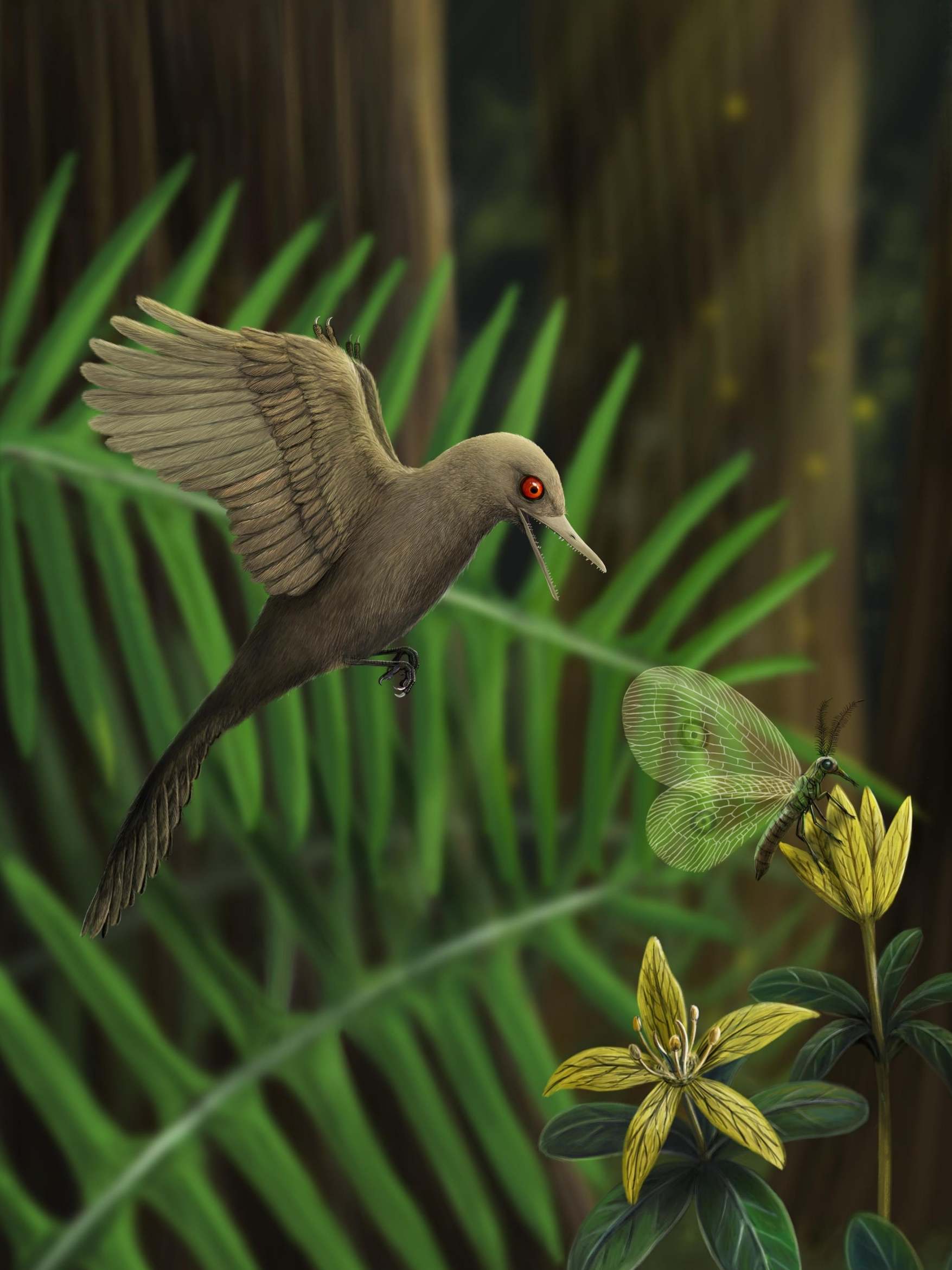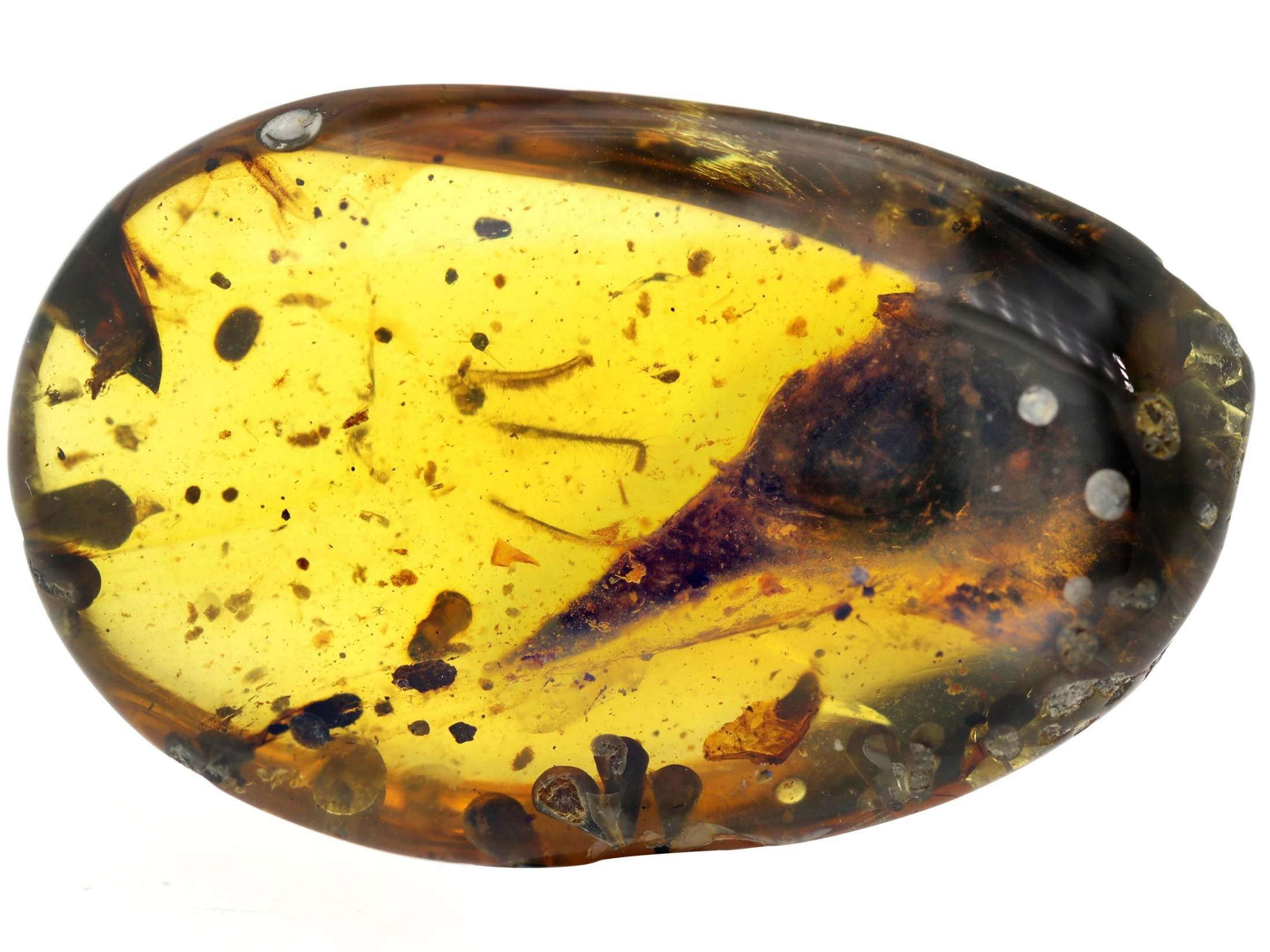World’s smallest bird dinosaur found in 99-million-year-old amber
‘It’s probably the most beautifully preserved Mesozoic bird skull I’ve ever seen,’ researcher says
Your support helps us to tell the story
From reproductive rights to climate change to Big Tech, The Independent is on the ground when the story is developing. Whether it's investigating the financials of Elon Musk's pro-Trump PAC or producing our latest documentary, 'The A Word', which shines a light on the American women fighting for reproductive rights, we know how important it is to parse out the facts from the messaging.
At such a critical moment in US history, we need reporters on the ground. Your donation allows us to keep sending journalists to speak to both sides of the story.
The Independent is trusted by Americans across the entire political spectrum. And unlike many other quality news outlets, we choose not to lock Americans out of our reporting and analysis with paywalls. We believe quality journalism should be available to everyone, paid for by those who can afford it.
Your support makes all the difference.The world’s smallest-known dinosaur has been discovered encased in 99-million-year-old amber.
Researchers found a skull measuring about half an inch, which belongs to the bird-like Oculudentavis khaungraae in northern Myanmar.
They were able to use the specimen to create a computer generated image of the dinosaur that would have measured approximately 2 inches long and weighed around an ounce.
The resin preserved several details of the creature, including 100 sharp teeth and lizard-like eyes.
“I was totally blown away,” said paleontologist Jingmai O’Connor of the Institute of Vertebrate Paleontology and Paleoanthropology in Beijing. “It’s probably the most beautifully preserved Mesozoic bird skull I’ve ever seen, and it’s so weird.”

Prof O’Connor said Oculudentavis, which means “eye tooth bird,” appeared to be smaller than what is considered today’s smallest bird, the bee hummingbird.
It possessed around 100 conical teeth with sharp ridges on the edges, suggesting it likely hunted insects.
It also had a large eye socket similar to a lizard’s eye, with a narrow opening which only let in a small amount of light, indicating it was active during the day.
The discovery, described in the journal Nature, casts fresh light on the evolution of birds, which split from small feathered dinosaurs roughly 150 million years ago.

Prof O’Connor said: “It’s a little smaller than a bee hummingbird – the smallest bird alive today.
“The jaws are filled with 100 teeth. It had these weird eyes staring out looking to the sides. There’s nothing like this alive today.
“It’s just incredible to uncover this new ecological niche we never even knew existed.”
Lars Schmitz, associate professor of biology at the W M Keck Science Department in the US, said: “Amber preservation of vertebrates is rare, and this provides us a window into the world of dinosaurs at the lowest end of the body-size spectrum.
“Its unique anatomical features point to one of the smallest and most ancient birds ever found.”
British palaeobiologist Professor Roger Benson, who was not involved in the study, said the fossil suggests some of the earliest birds evolved to become miniature.
Prof Benson, of Oxford University, said: “The study of small vertebrates preserved in amber, their ecosystems and their evolutionary relationships with one another is in a nascent phase.
“But Oculudentavis suggests the potential for continued discovery remains large – especially for animals of diminutive sizes.”
Additional reporting by agencies

Join our commenting forum
Join thought-provoking conversations, follow other Independent readers and see their replies
Comments